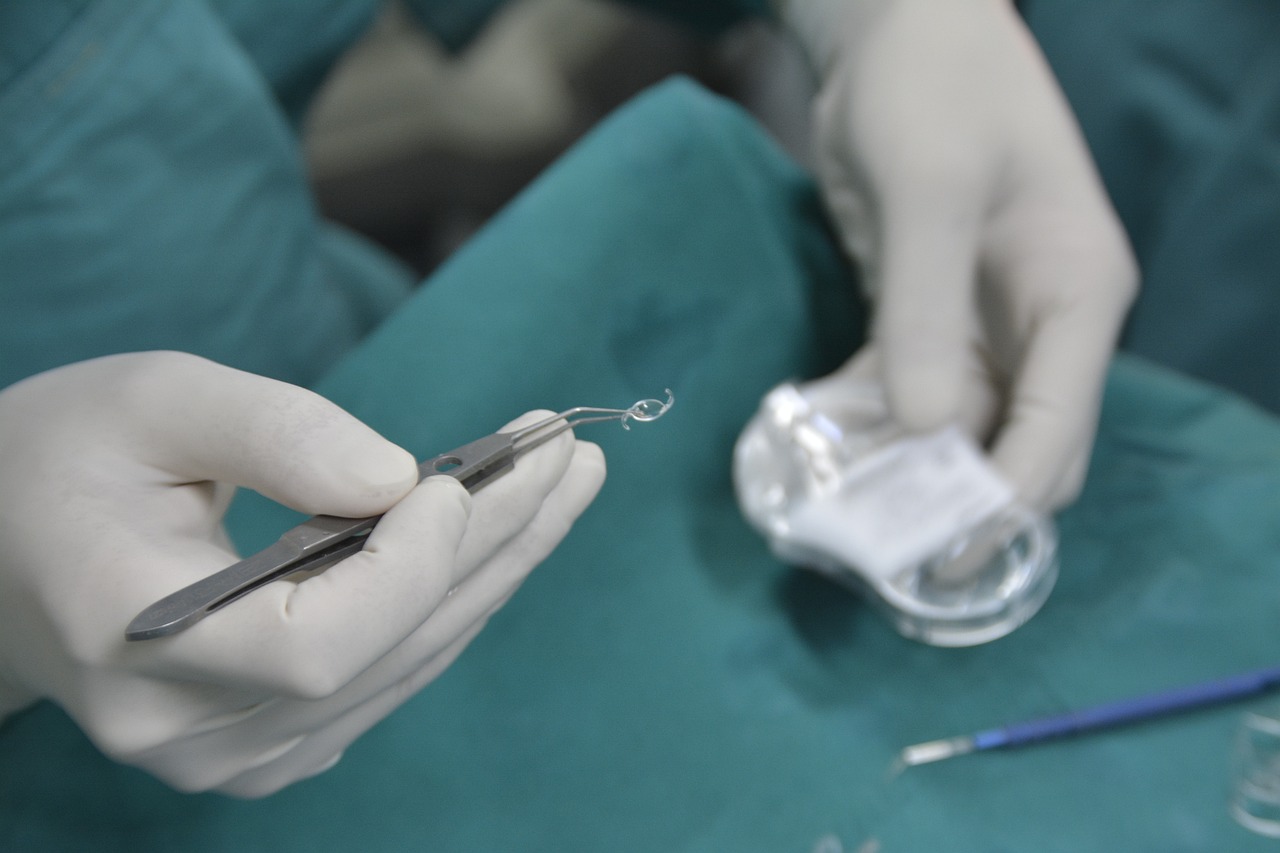
Exploring Cataracts: Identifying Causes, Recognizing Symptoms, and Knowing When to Opt for Surgery
Cataracts are a common eye condition where the lens of the eye becomes cloudy, leading to vision impairment. Understanding the causes, symptoms, and treatment options is essential for maintaining good eye health.
• What Are Cataracts?
Cataracts occur when the normally clear lens of the eye becomes cloudy. This cloudiness can be due to a variety of factors, such as aging, injury, or genetic predisposition. The lens, located behind the iris and pupil, works like a camera lens, focusing light onto the retina at the back of the eye. When a cataract forms, the light passing through the lens is scattered and causes blurred or hazy vision.
• Causes of Cataracts
The most common cause of cataracts is aging. As people grow older, proteins in the lens begin to break down and clump together, forming cloudy areas. Besides aging, other factors can contribute to cataract development. These include prolonged exposure to ultraviolet sunlight, diabetes, smoking, excessive alcohol consumption, and eye injuries. Certain medications like corticosteroids can also increase the risk of cataracts. Genetic factors may play a role, particularly if a person has a family history of cataracts. Understanding these causes is crucial for prevention and early detection. Regular eye examinations can help detect cataracts early, allowing for timely management and treatment.
• Recognizing Symptoms
Symptoms of cataracts usually develop slowly and can vary between individuals. Common signs include blurred vision, difficulty seeing at night, sensitivity to light and glare, seeing halos around lights, frequent changes in eyeglass prescription, and fading or yellowing of colors. Some people may notice double vision in one eye. As cataracts progress, these symptoms become more pronounced and can significantly impact daily activities such as reading, driving, or recognizing faces. It is important to pay attention to these symptoms and consult an eye care professional if any changes in vision are noticed. Early diagnosis can lead to better outcomes and prevent severe vision impairment.
• Diagnosing Cataracts
Diagnosing cataracts involves a comprehensive eye examination by an eye care professional. This typically includes a visual acuity test to measure how well you see at various distances. Another important test is the slit-lamp examination, which allows the doctor to examine the structures at the front of the eye under high magnification, including the lens. A retinal exam may also be conducted, where the pupil is dilated to provide a clear view of the retina at the back of the eye. Additional tests like tonometry, which measures the pressure inside the eye, might be performed to ensure that other conditions are not affecting vision. Early diagnosis is key to effective management.
• Treatment Options
The only effective treatment for cataracts is surgical removal. However, in the early stages, changing your eyeglass prescription, using magnifying lenses, and improving lighting can help manage symptoms. Cataract surgery involves removing the clouded lens and replacing it with an artificial intraocular lens (IOL). This is usually a safe and effective procedure, and most people experience improved vision after surgery. The decision to opt for surgery is based on how much the cataract affects your daily activities and quality of life. Consulting with an ophthalmologist helps determine the best course of action depending on the severity of the cataract and individual needs.
• When to Opt for Surgery
Deciding when to undergo cataract surgery depends on several factors, including the severity of vision loss and its impact on daily life. If cataracts interfere with everyday activities such as reading, driving, or working, surgery might be recommended. Additionally, if the cataract makes it difficult for your eye doctor to examine the back of the eye, surgery may be necessary for accurate diagnosis and treatment of other eye conditions. It’s important to discuss potential risks and benefits with an eye care professional. Most people recover quickly from cataract surgery, and the procedure has a high success rate, making it a viable option for restoring vision and improving quality of life.



